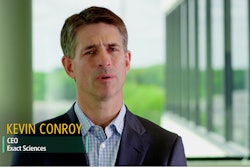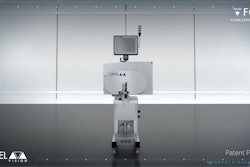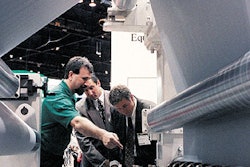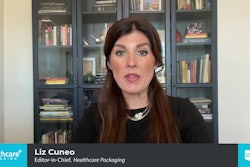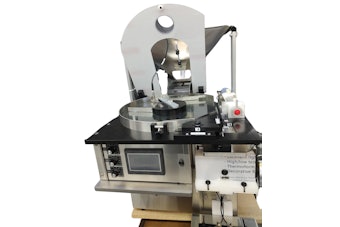He tells of one company trying to eliminate a $50,000 position with benefits, yet at the same time was experiencing waste costs in seven figures.
Another misdirected strategy is to chase after cost-saving improvements that may backfire due to OEE results. "A company can try to shave its packaging materials costs one-tenth of a cent each to save a half-million dollars a year, but then they find that they have more problems with the machinery, and it has to be slowed to run the new materials," Zepf explains.
Another aspect that management traditionally focuses on is bottlenecks, and again, that may not be where the OEE problem lies. "Looking for bottlenecks is an oversimplification of the OEE process," notes a pharmaceutical company contact. Another decoy is that an excessive amount of attention is often paid to a line's most expensive piece of equipment, such as the filler. That equipment may not be-and likely isn't-where the major constraints are, according to Zepf.
While major consumer packaged goods companies have taken the lead on OEE, Zepf believes that the best OEE opportunity is with smaller and medium-sized companies. "Those companies need a foundation in OEE in order to grow," he says. "Yet while staff at such companies is usually too busy 'fighting fires' to tackle OEE, that's a clear indication that OEE will be a useful tool to help them gain control of their operations and solve their problems."
Dennis Cocco of Activplant adds, "There are a thousand problems in a plant. If you tackle one constraint a week, you will see some remarkable improvements."
--By Rick Lingle, Technical & RFID Editor, Packaging World
Another misdirected strategy is to chase after cost-saving improvements that may backfire due to OEE results. "A company can try to shave its packaging materials costs one-tenth of a cent each to save a half-million dollars a year, but then they find that they have more problems with the machinery, and it has to be slowed to run the new materials," Zepf explains.
Another aspect that management traditionally focuses on is bottlenecks, and again, that may not be where the OEE problem lies. "Looking for bottlenecks is an oversimplification of the OEE process," notes a pharmaceutical company contact. Another decoy is that an excessive amount of attention is often paid to a line's most expensive piece of equipment, such as the filler. That equipment may not be-and likely isn't-where the major constraints are, according to Zepf.
While major consumer packaged goods companies have taken the lead on OEE, Zepf believes that the best OEE opportunity is with smaller and medium-sized companies. "Those companies need a foundation in OEE in order to grow," he says. "Yet while staff at such companies is usually too busy 'fighting fires' to tackle OEE, that's a clear indication that OEE will be a useful tool to help them gain control of their operations and solve their problems."
Dennis Cocco of Activplant adds, "There are a thousand problems in a plant. If you tackle one constraint a week, you will see some remarkable improvements."
--By Rick Lingle, Technical & RFID Editor, Packaging World



